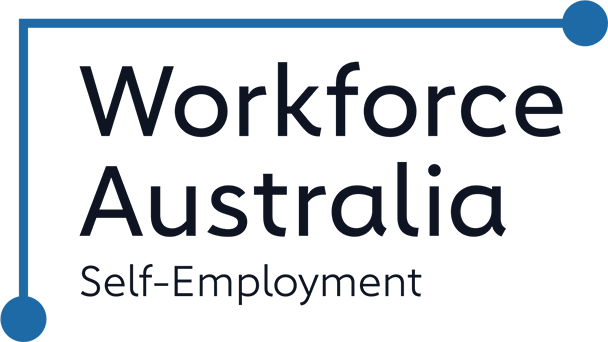Writing a Winning Tender
October 13, 2023
Whether you are bidding for a multi-million-dollar tender for a big customer, a small government-funded grant to get support to get a community project started or an opportunity to be a supplier to government, there is an art to writing a winning tender. The few simple tips below can help sharpen your skills and improve your chances of getting the result you want.
Do Your Research
Before a tender even comes out, make the effort to learn as much as you can about your target customer. Keep up to date with company announcements they make, check out any information they have for suppliers on their websites, keep abreast of industry news and trends.
Make sure you are registered with procurement portals and supplier lists that your customers may use. These can include ICN and VendorPanel as just a couple.
Address the Selection Criteria
The selection criteria are the things your customer really wants to know. It will cover the key questions of; your experience of doing this type of work, how you will do the work, who and what you will deploy to do the work.
Break each of the selection criteria down into sub-parts and make sure you have an answer for each part. Be careful to ensure that you answer the question that is asked, rather than the question you want to be there.
Figure out what makes you special
Being the cheapest bidder for a job can be business-life-limiting, there is always someone else who can be cheaper. It is important to make sure you showcase what is unique about your business. Do you have superior customer service, proprietary intellectual property, specialist equipment or people who have the specific expertise and experience that is required.
Then think about your competitors, and what they might say in their response. This can help you refine your unique selling proposition (USP) to make sure that you don’t sound the same as everyone else who may be bidding.
Start early and make a plan to complete the tender
Writing a tender response will always take longer than you think. Read the tender documentation as soon as possible after it is released and make a work plan for getting all of the elements done.
Some things will take longer than others, so start early. Remember to think about what photos, graphics and other documentation you may need for your tender and make sure you are working to get those ready.
If your tender needs to be loaded through a procurement portal, allow at least half a working day to do that because the IT gremlins can hit at any time. And 15 minutes before submission time is the stuff of nightmares.
Getting the Right Price
Some tenders will tell you what the budget is, so price carefully to see if you can deliver the program of work for that price. If not, reconsider whether to bid.
When you are pricing, consider all costs – employment and on costs, administration costs for the contract, cost of materials and your business overheads.
Finally, consider the role of the contract for your business, as this may adjust the profit margin you are willing to do the work for. For example, if the contract would establish you in a new market and diversify your revenue, then you might consider bidding a lower margin. But if the contract is multi-year and requires you to maintain an employee group to service it, you may wish to set your profit margin higher.
Acknowledgement Of Country
Business Foundations acknowledges the traditional custodians throughout Western Australia and their continuing connection to the land, waters and community. We pay our respects to all members of the Aboriginal communities and their cultures; and to Elders both past and present.
Victoria
The Commons
80 Market Street,
South Melbourne VIC 3205
admin@businessfoundations.com.au
Western Australia
Wesley Central
2 Cantonment Street,
Fremantle WA 6160
admin@businessfoundations.com.au


Get In Touch
Have a question or to find out how we can help you, please get in touch.






